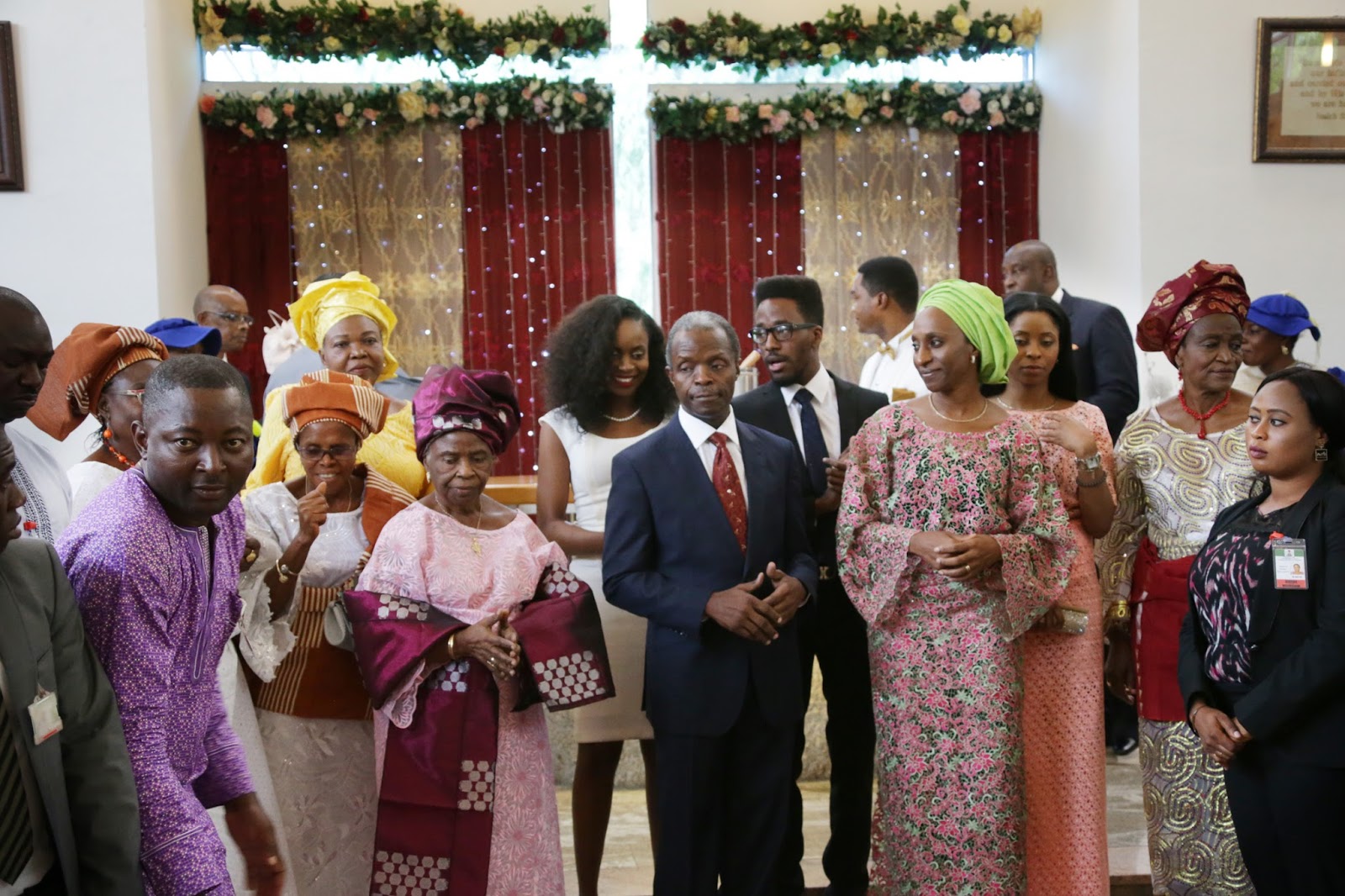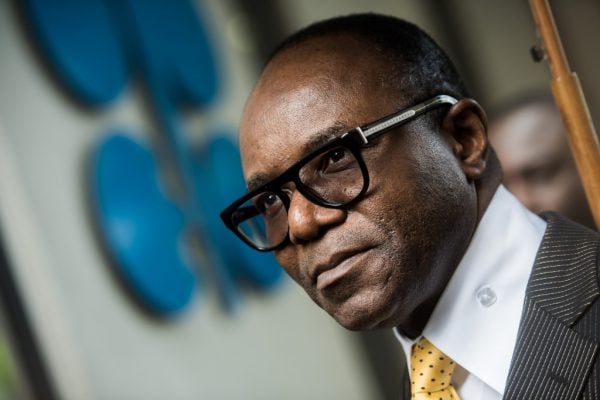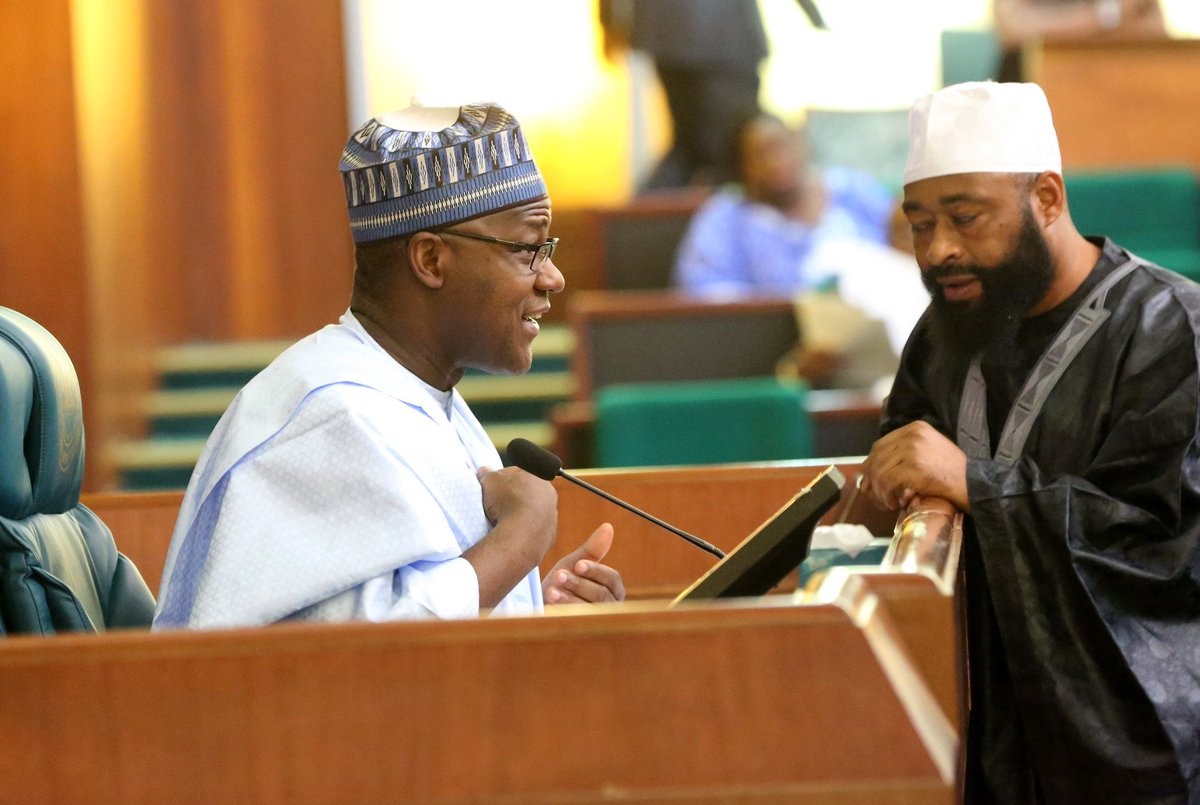If you do not want to incur the wrath of the average Nigerian unforgivably, do not hurt what they consider to be their ethnic or religious ego. Now, the tricky part of the deal is that you may never know what they so consider until you already would have crossed the line, in their own reckoning.
And God help you when you do!
Why? Because they will come at you with everything they have, asking no questions, speculating about your motives, sparing no invectives at getting back at you. Before you realise it, a crowd would gather around him in sympathy, jointly vilifying you and implying motives you never intended, sometimes, even you will question your own good intentions. Such is the passion of the Nigerian when tribe and religion are concerned.
In joining the conversations surrounding the recent unveiling of the statue of the late Chief Obafemi Awolowo, for instance, I would start by wondering why Governor Akinwunmi Ambode thought up the idea in the first instance.
Advertisement
The sage hailed from neighbouring Ogun State and lived most of his life in Ibadan, where he superintended over the affairs of the Western Region and impacted in no small measure. I will be curious about why Lagos, which was technically not part of Awolowo’s area of influence in the First Republic, would immortalise him in a way that neither his state of origin nor residence is currently thinking.
If I were to answer my own question, I would imagine that a blend of an appreciation of what Awolowo represented and possibly, a love for arts and culture, which Ambode has displayed in appreciable measure in his 29 months as governor of Lagos State, inspired the decision to commission the artwork that has now become the object of public discontent.
I do not think public discontent itself should be unwelcome in the circumstance though. Public artworks, like that of Awolowo’s unveiled last week, have provoked public angst from creation. When leaders would generally initiate public artworks as emblems of the synergetic relationship between art and the state, the public has always raised questions ranging from the cost of such artworks, their appropriateness and the essential demands of the realism in artistic representations of reality. A situation, Alastair Sooke, art critic with The Daily Telegraph, describes in a 2014 article as “pleasing neither art critics nor the public.”
Advertisement
But the ethnic and religious egos in Nigeria usually thrive on emotionalism and take things personal behind reasons as such stated above.
And so, the criticism that has mounted against this recent initiative of the Lagos State Government has come with all sorts of suggestions including the chance that Ambode was considering his possible 2019 re-election bid in approving this Awolowo symbol.
The argument by this group, which was pursued with noticeable vehemence as evidenced in a news release, was that Ambode did this to enhance his prospects for a re-election.
I isolate this conjecture because I find it to be the most laughable of all the insinuations that I encountered in examining the public fury that greeted this event.
Advertisement
Even if all Yoruba people of the South-West Nigeria were absolutely committed to the ideals of Awolowo, as we know they are not, would it be possible to have all of them vote for a candidate simply because he has commissioned a public art piece in the name of the late sage? That is without considering a cosmopolitan nature which bestows the most liberalised electorate status on the city of Lagos.
But an impassioned people, swimming on the wave of their exclusive bragging right of shared ethnicity with a man whose intellectual essence transcends the political legacy upon which a lot of this criticism stands, are not likely to look at things from this perspective.
Without any apology to anyone for example, I consider myself to be a follower of Awolowo even though I have never belonged to any political party.
I have read almost all the books written by the great thinker, including the collection of his speeches and I testify that Awolowo was more than a politician who went about displaying the victory sign that characterised his politics.
Advertisement
He was a prophet, writer, philosopher and transformational leader rolled into one. If you, for instance, lay your hands on Awolowo’s first book delivered to the world in 1947 under the title: Path to Nigerian Freedom, you would imagine that it was written in the Nigeria of today. There is no tribulation, lack or situation that Nigeria currently faces that this great man did not talk or warn about and offered solutions to in his lifetime. How do we then insist that such a man must be restricted to a particular type of posture or dressing in a symbolic artwork commissioned three decades after his transition?
One of the points of disagreement is that of the image of a sitting Awolowo for instance – but I find that really curious; and here is why. Some of the most memorable words I read from the man under discussion are the following: “While many men in power and public office are busy carousing in the midst of women of easy virtues and men of low morals, I, as a few others like me, am busy at my desk thinking about the problems of Nigeria and proffering solutions. Only deep can call to the deep.”
Advertisement
How do we then suggest that such a man must as a matter of compulsion be only represented on his feet when we can establish that his strength, which is speaking on his feet, actually came from moment of deep contemplation and studying in his private chambers?
And then there is the place of artistic licence, which allows an artist the liberty to employ his own insight, even deviate from the norm, in the representation of reality.
Advertisement
One must agree that the same freedom which the artist has to express himself extends to the critic and even general public in the appreciation and condemnation of his work. But in doing that, critics should stay within the limits of the arts without employing extraneous elements like ethnic and religious. When we do that and go on to dictate modes that artwork must take, we become unnecessarily tyrannical.
An American musician, Steve Peters, was once quoted as saying: “It’s not an artist’s job to please anyone but bravely do the work that they are most compelled to do. It’s the public’s job to bravely seek out and appreciate the work that resonates with them.” We need to take art for what it is, appreciate it when it resonates with us, critique it as much as we would, but spare the artist, the liberty to be himself.
Advertisement
Twitter@niranadedokun
Views expressed by contributors are strictly personal and not of TheCable.
Add a comment







